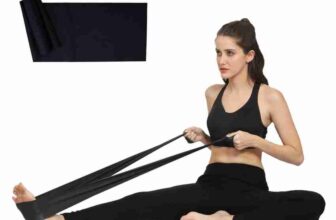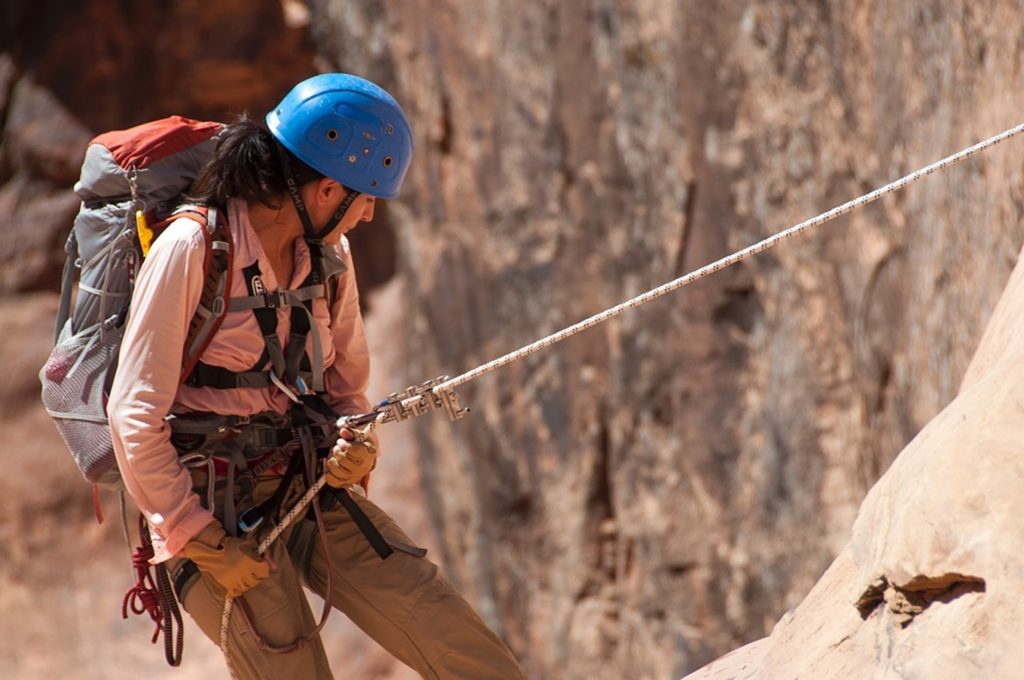
Rock climbing, with its humble beginnings, has transformed over the years into an exhilarating sport, embraced by adventure enthusiasts worldwide. Climbing gear, an essential component of this sport, has also followed an evolutionary path.
From the rudimentary tools used in the early days to the sophisticated equipment available now, the progress has been remarkable. In this blog post, we will navigate the intricate process of selecting the best climbing gear that optimizes safety and efficiency.
Table of Contents
The Importance of Correct Climbing Gear
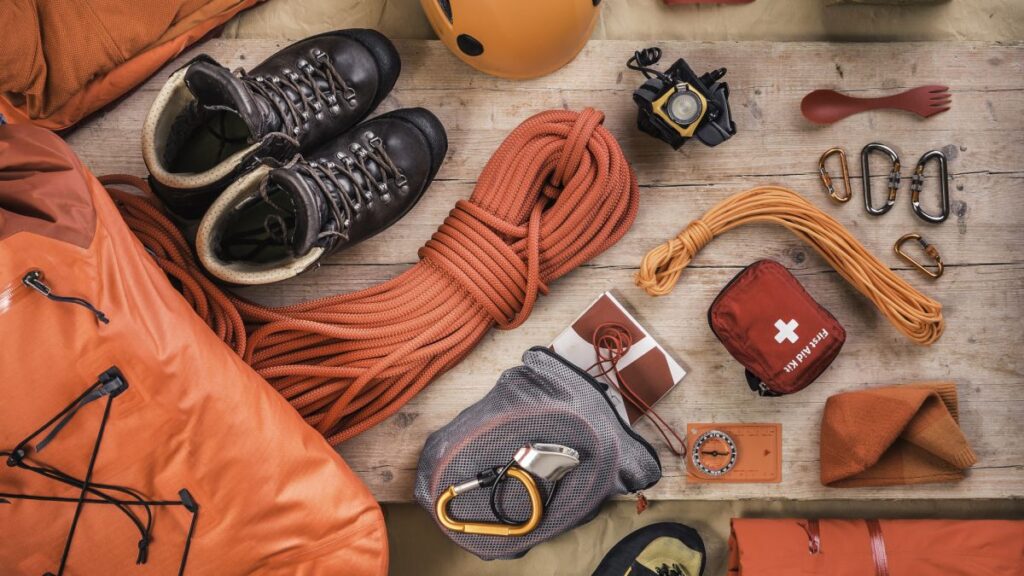
Source: advnture.com
Emphasizing safety, climbers must prioritize procuring the correct climbing gear. Not only does it serve as the lifeline connecting the climber to the rock, but it also significantly influences climbing efficiency. Optimal gear ensures climbers can focus on their technique and the climb itself rather than potential equipment failure.
Types of Climbing Gear
In order to make an informed decision when you set out to buy climbing gear, understanding the purpose and significance of each piece is crucial.
- Harnesses – An indispensable part of your climbing gear, the harness connects you to the rope. When selecting a harness, the primary factors to consider are fit and comfort. A well-fitted harness, adjusted to your body shape, ensures safety while providing freedom of movement.
- Helmets – While often overlooked, play a crucial role in protecting climbers from falling debris and impact injuries. Key selection criteria for helmets include fit, weight, and ventilation. A lightweight helmet with good ventilation enhances comfort, particularly during long climbs.
- Climbing Shoes – Specialized footwear is a must-have for climbers. The perfect pair of climbing shoes offers a balance between comfort and performance. Look for shoes that fit well, provide excellent grip, and suit your style.
- Ropes – Your literal lifeline in climbing. Choose a rope based on durability, handling, and the type of climbing you’re planning. Remember, a thicker rope may offer more durability but can also be heavier to carry.
- Carabiners – These metal loops with spring-loaded gates connect various parts of the climbing system. The ideal carabiner should be strong, lightweight, and easy to use. The type you select—locking or non-locking—will depend on its intended use.
- Other Essential Gear – Additional gear items include belay devices, chalk, and slings. These items may not always be at the forefront of a climber’s mind when purchasing equipment, but they play significant roles in safety and performance. Consider factors such as ease of use and functionality when choosing these items.
Choosing Gear Based on Climbing Type
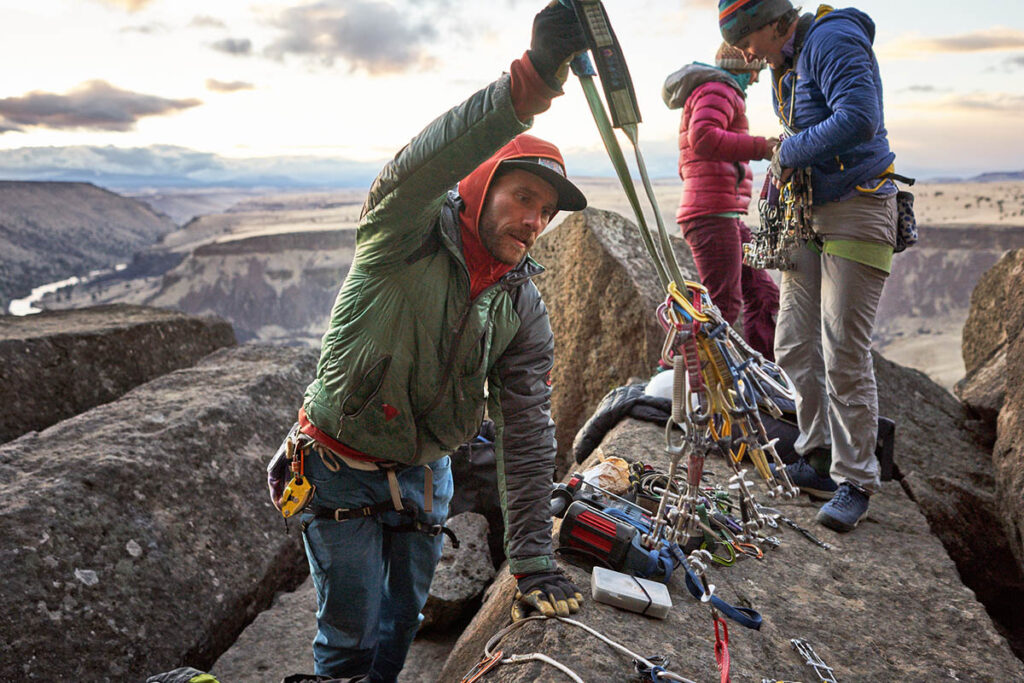
Source: switchbacktravel.com
Bouldering
When it comes to bouldering, where climbers conquer short routes sans ropes, the gear requirement remains minimal yet vital. Key essentials include high-performance shoes engineered for optimum grip on challenging surfaces. A chalk bag becomes a trusted companion, combatting sweaty palms and ensuring a firm grasp. To ensure safe landings during falls, a crash pad is a must, providing cushioning and protection against impact, bolstering both confidence and safety.
Sport Climbing
A discipline centered around ascending pre-bolted routes, sports climbing demands a more extensive array of gear. Essential items include a comfortable and secure harness, specifically designed shoes for superior grip, a reliable belay device for controlled descents, a robust and dynamic rope for safety, and a collection of quickdraws to connect the rope to the bolts along the route. It’s crucial to consider factors such as rope type and length, as they significantly impact performance and safety in sport climbing endeavors.
Traditional Climbing
For traditional climbing, also known as “trad”, where climbers meticulously place their own protective gear, the gear list expands to encompass additional essentials. Alongside the requisite harness and climbing shoes, trad climbers rely on a selection of nuts and cams to secure their ascent.
These specialized tools are instrumental in anchoring themselves to the rock, mitigating the risk of falls and providing peace of mind. It’s essential to choose gear that aligns with the unique demands of trad climbing, focusing on versatility, durability, and the ability to adapt to varying rock formations and conditions.
The Integration of Technology in Climbing Gear
The advent of technology has left no stone unturned, including the sphere of climbing gear. From materials and design improvements to smart devices that aid climbing, technology has markedly enhanced the safety and performance aspects of climbing gear.
Ropes for this purpose have seen innovations such as dry treatments for water resistance and sheath patterns for increased grip. Helmets have become lighter yet stronger due to advances in materials technology. We’re even seeing ‘smart’ belay devices, which enhance safety by automatically stopping the rope if a sudden fall occurs.
The Rising Popularity of High-Tech Climbing Gear
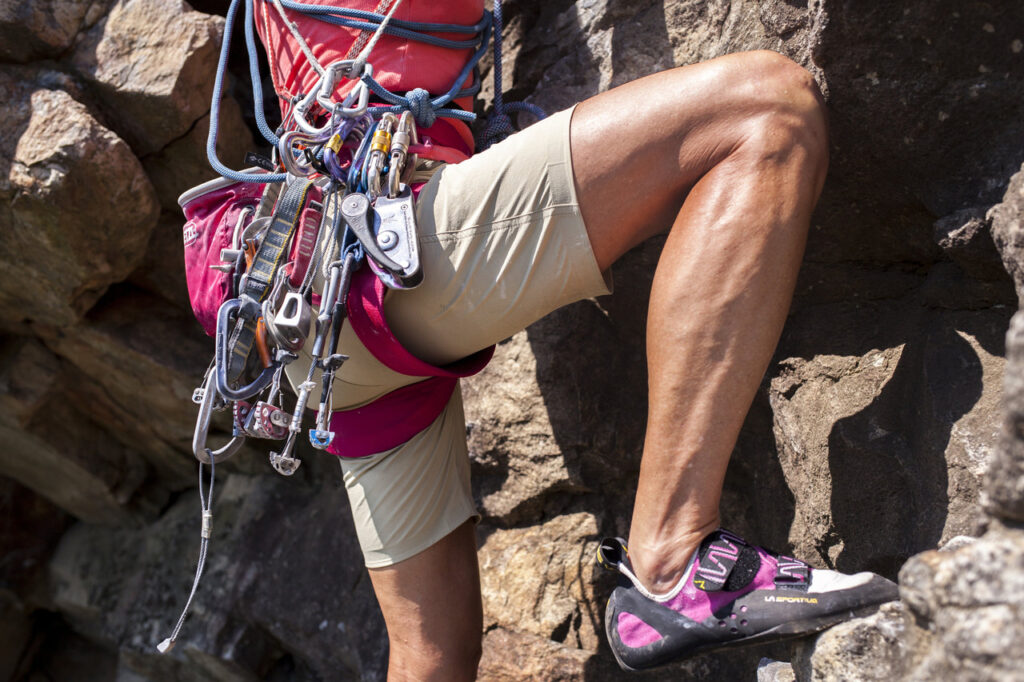
Source: wsj.com
The climbing community has readily embraced high-tech gear, recognizing its potential to improve safety and performance. Such gear often combines traditional functions with innovative features, resulting in advanced safety mechanisms or data collection capabilities to analyze and improve performance.
The benefits of this trend are manifold. High-tech gear can offer enhanced safety features, more accurate tracking of metrics, and the potential for customization according to personal needs. In the near future, as technology continues to advance, we can expect to see even more exciting developments in climbing gear.
Choosing the best gear is a critical process, demanding careful consideration of various factors. It’s about more than just buying equipment—it’s about ensuring safety and optimizing efficiency. Whether you’re an experienced climber or just starting, never underestimate the importance of investing time and thought into selecting the right gear. As technology continues to revolutionize climbing equipment, climbers can look forward to gear that further enhances their experience, safety, and performance.




